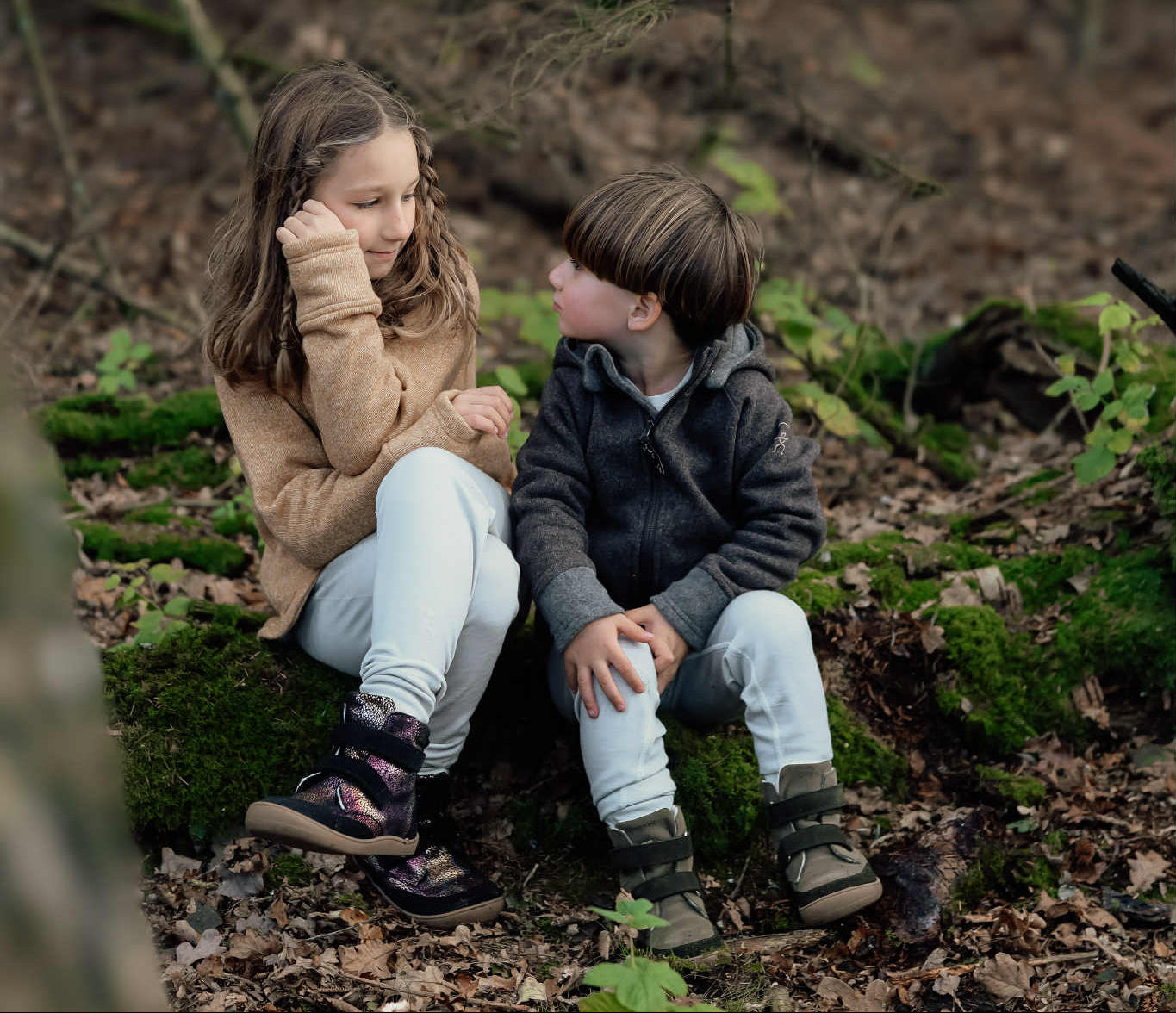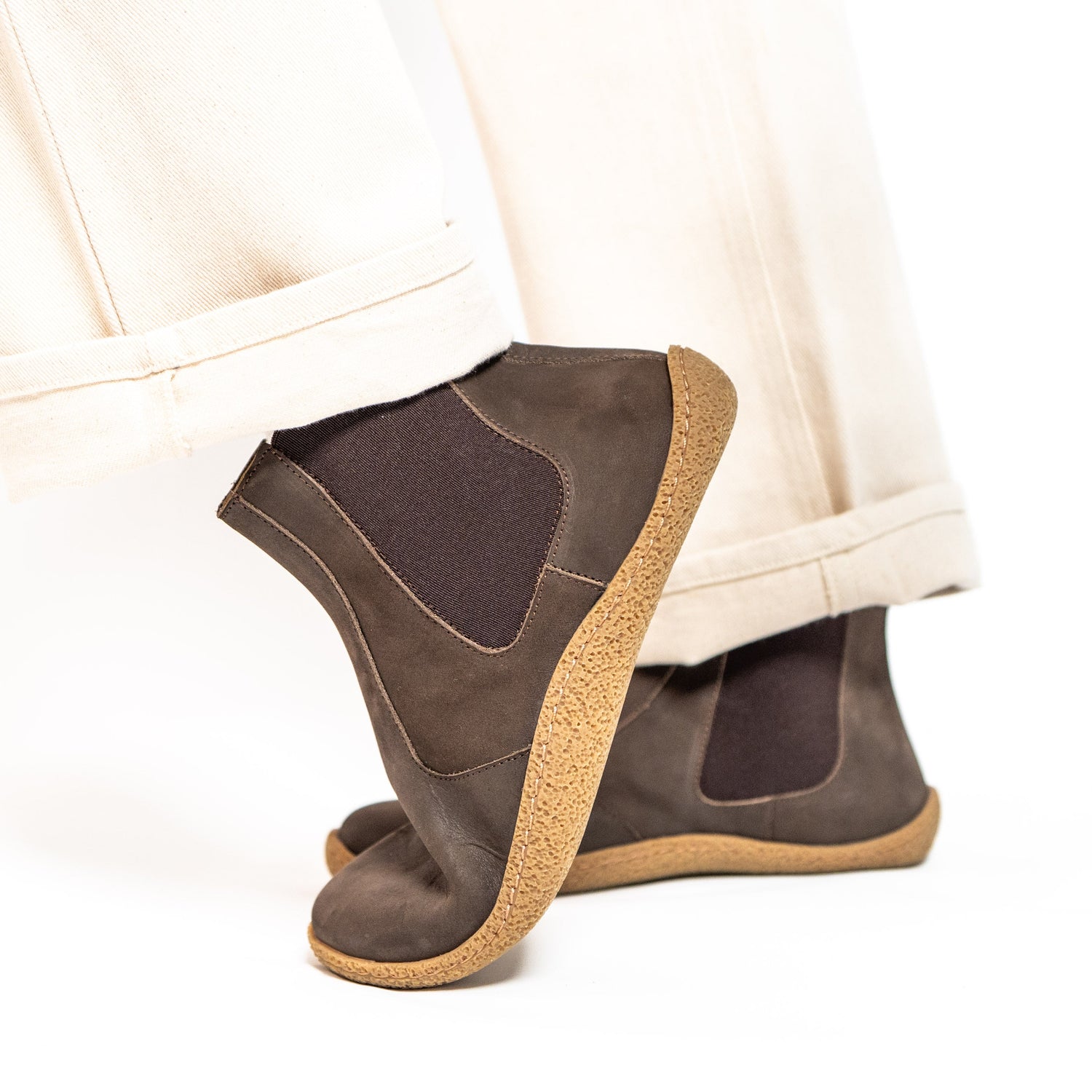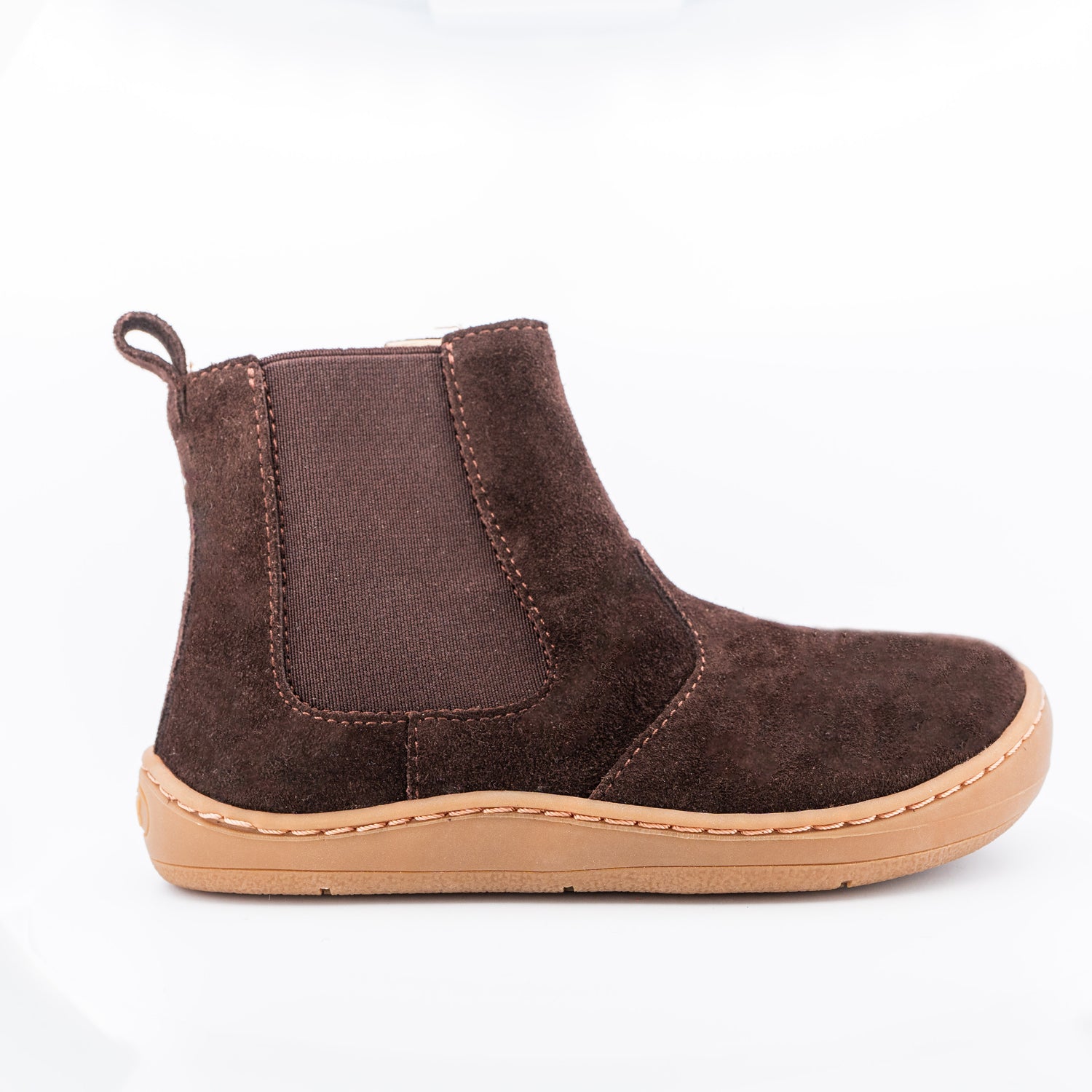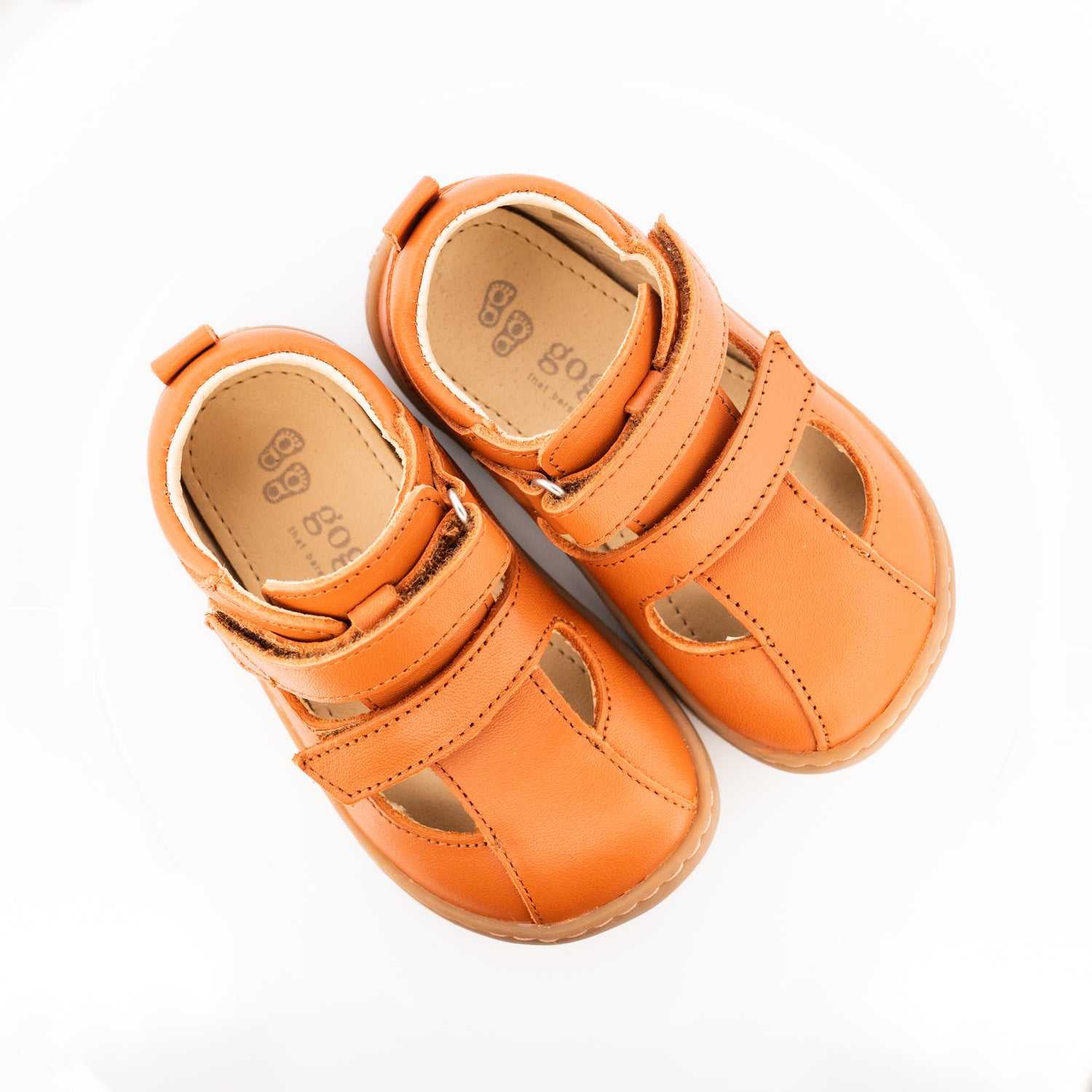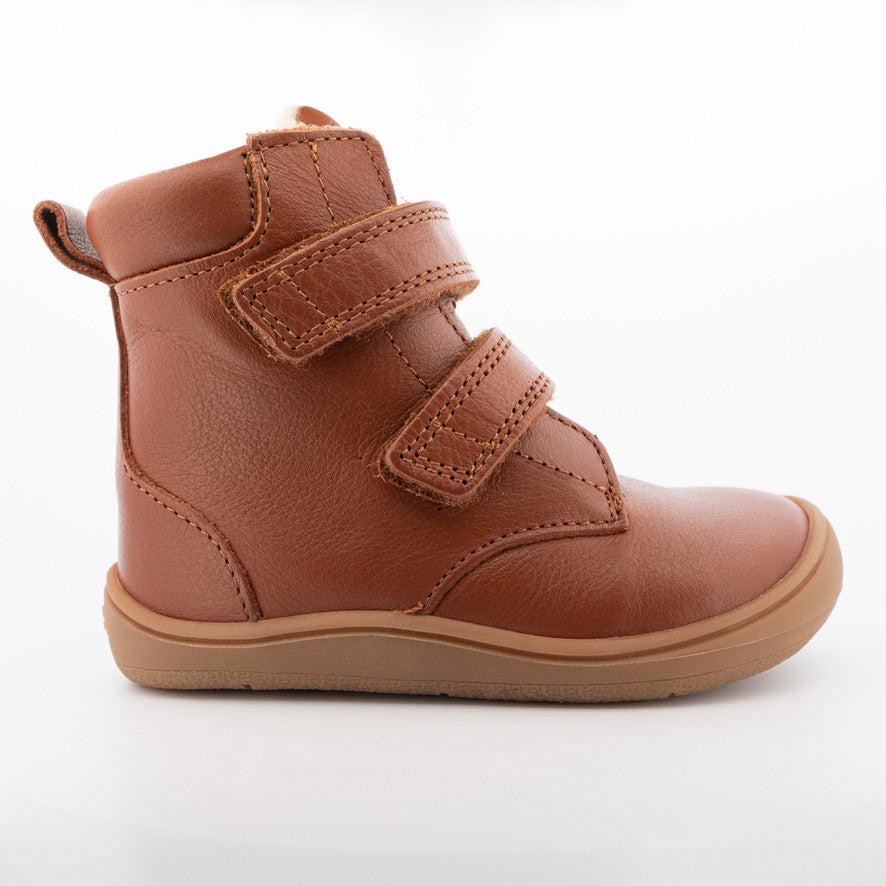Why choose barefoot shoes for your child?
One of our skilled physiotherapists , Thomas Pretsch , answers here a question from one of our members: Why do you suddenly have to switch to barefoot shoes now, when you have bought regular shoes for your child for so many years?
The benefits of barefoot shoes for your child and the switch from traditional shoes can promote natural foot development, increase flexibility and strength, improve posture and ensure better health. Barefoot shoes allow children's toes to spread naturally, strengthen the muscles of the foot and support optimal posture. Although specialized footwear may be used occasionally, barefoot shoes are the best choice for your child's daily growth. Read more about why barefoot shoes can be the right choice for your child below.
Natural Development of the Feet
Barefoot shoes are designed to give the toes room to spread naturally, preventing them from growing together and limiting the risk of deformities. This freedom of movement not only strengthens the toes, but also the entire musculature and tendons of the foot. Unlike traditional shoes, which often have a narrow toe box, barefoot shoes allow the child to spread the toes naturally.
Flexibility and Strength
Barefoot shoes have a flexible sole that allows the child's foot to move naturally and freely. This freedom of movement helps the child strengthen the foot as the muscles are activated more AND more naturally. When children wear barefoot shoes, their feet become less tired because their feet can move more naturally and freely. A flexible sole also stimulates the nerve endings in the feet, which can improve their balance and coordination.
Optimal Posture
Traditional shoes often have a heel rise, which forces the body to adapt all the way up through the legs and spine, which can affect the child's posture and cause "imbalance".
Barefoot shoes, on the other hand, have a flat sole that allows for a natural posture. When children stand and walk in bare feet, their bodies do not have to compensate for a constant unnatural tilt, which can contribute to healthier legs, backs and necks.
Practical Considerations
Although barefoot shoes are the best choice for everyday use, this does not mean that children can never use other types of shoes. Football boots and other specialized shoes can still be used for shorter periods without problems. The body is good at adapting and short-term use of other shoes will not have a negative impact as long as barefoot shoes are used as primary footwear.
Comparison with Gypsum
Thomas describes it as having a cast on an arm or foot. When a body part is immobilized and not used for a long time, it loses its function and muscle mass. Similarly, traditional shoes that restrict the foot's natural movement can lead to weakened muscles and poor foot function. Barefoot shoes, on the other hand, allow the child free and natural movement and strengthening of the foot.
Conclusion
If you want to create the best conditions for your child's physical development, barefoot shoes may be the best choice. They promote natural movement, strengthen the feet and contribute to a healthy posture. Although it is not necessary to switch to barefoot shoes completely, they can be a significant improvement over traditional shoes and give your child the best opportunities for healthy and natural development.



